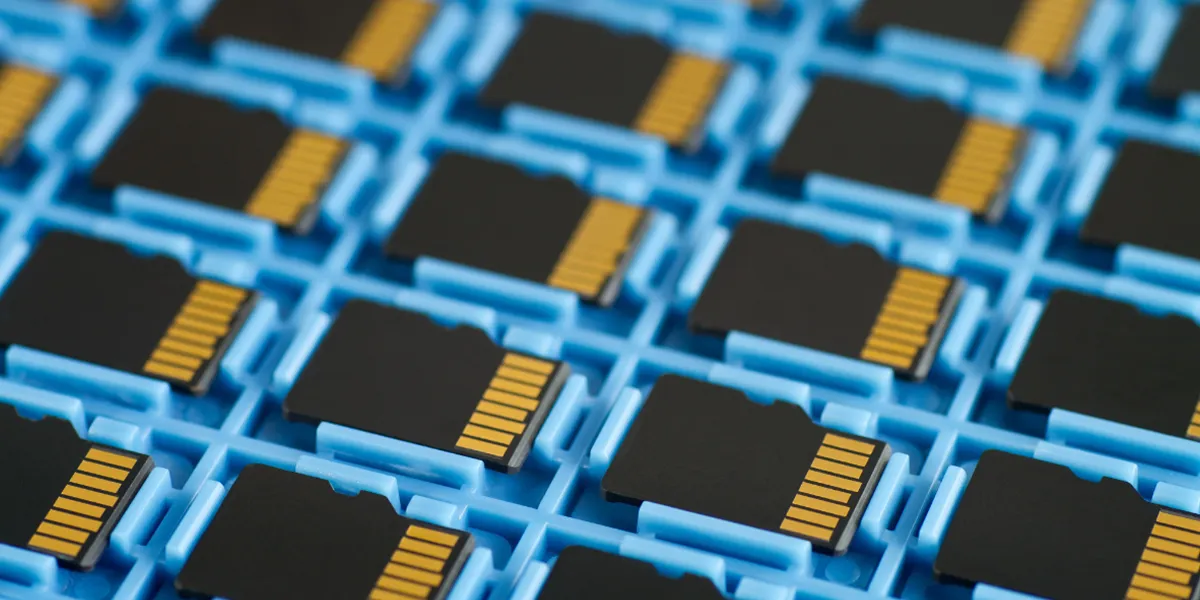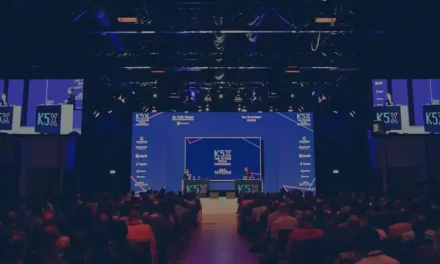
SD Association Launches microSD Express with Doubled Speed

The SD Association (SDA) is a company known for developing consumer electronics, wireless communication, digital imaging, and networking products based on market-leading SD technology. They have released the latest edition of SD Express memory cards, which doubles the microSD Express speed to 2 GB/s. Hiroyuki Sakamoto, SDA President, articulated,
“By defining minimum assured sequential performance standards for SD Express memory cards, the SDA helps device manufacturers and consumers ensure the best recording and playback of all types of content,We doubled the speed of microSD Express to 2 GB/s to give product manufacturers more storage options capable of handling the most demanding storage uses, making SD Express memory cards a compelling, ecologically sound choice and easier to repair and upgrade devices.”
Enhanced Features in Latest SD 9.1 Specification
The primary characteristics of the newest SD 9.1 standard for SD Express memory cards are as follows:
- SD 9.1 introduces four new SD Express Speed Classes, ensuring assured minimum performance levels.
- Optimization of SD Express speed class for varied power and thermal conditions
- Implementation of Power Management settings with Maximum Power (MP) values
- The host device sets MP values to regulate card temperature
- Introduction of a thermal management feature with specific thermal thresholds
- The host device configures Thermal Management parameters based on target class and PCIe bus mode
- SD 9.1 specification outlines access rules for ensuring defined PCI/NVMe interface performance
- Supports multi-stream access with capability for up to eight streams
- SD technology controls over 80% of the memory card business due to its consistent interoperability and user-friendly format.
SD Express Speed Classes only apply to memory cards that use the SD Express bus, such as SDXC, SDUC, microSDXC, and microSDUC. With the emergence of NAND memory technology, defining speeds has become critical. The most significant breakthrough in SD technology is responding to growing industry demands for increased performance in controllers, memory, and application interfaces.
SD Express’s adaptability and support for a wide range of use cases make it particularly well-suited for the increasing adoption of Right to Repair legislation.













